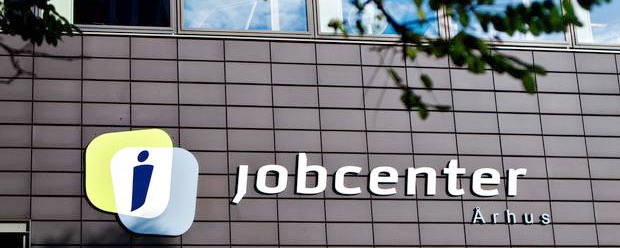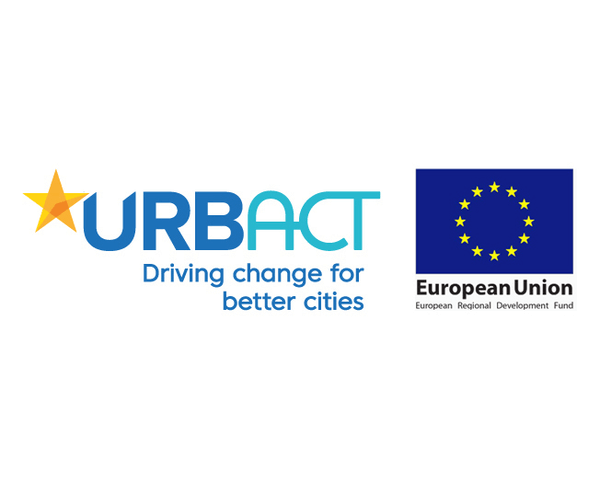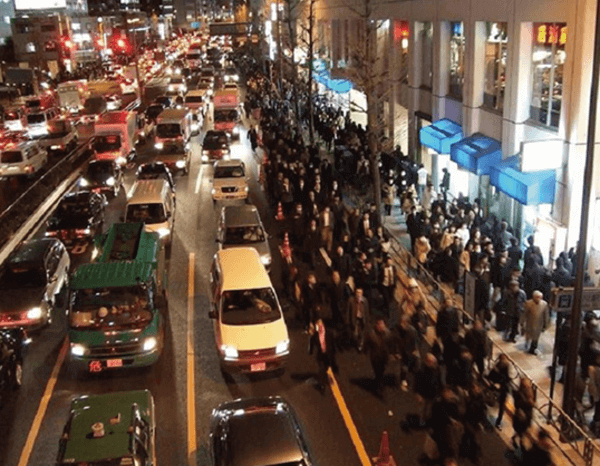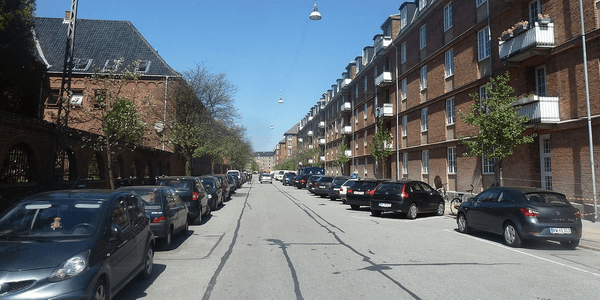Size and population development
The city of Aarhus has a population of 264,716 on 91 square kilometres for a density of 2,874/km2 and is the second fastest growing Danish city, with an average growth of 4,500 people per annum since 2008. The population of Aarhus is both younger and better-educated than the national average of Denmark which can be attributed to the high concentration of educational institutions, more than 40% of the population have an academic degree. The largest age group is 20- to 29-year-olds and the average age is 37.5, making it the youngest city in Denmark with women slightly out numbering men. The city is home to 75 different religious groups and denominations most of which are Christian or Muslim with a smaller number of Buddhist and Hindu communities. The majority of the population are members of the Protestant state church, Church of Denmark. Approximately 20% of the population are not officially affiliated with any religion, a percentage that is slowly rising. Aarhus has the highest ratio of immigrants in Denmark, 14.8% of the population, outside the Copenhagen area, comprising some 25,000 people from 130 different nationalities, with the largest groups coming from the Middle East and north Africa. Approximately 15,000 have come from within Europe, with Poland, Germany, Romania and Norway being the largest contributors.
Main functions
Aarhus is the second-largest city in Denmark and the seat of Aarhus municipality. It is located on the east coast of the Jutland peninsula, in the geographical centre of Denmark, 187 kilometres (116 mi) northwest of Copenhagen. Aarhus is at the cultural and economic core and largest centre for trade, services and industry in Jutland. Aarhus is the principal industrial port of the country in terms of container handling. It is a centre for research and education and home to Aarhus Universitiy, Scandinavia’s largest university, including Aarhus University Hospital and INCUBA Science Park.
Main industries / business
The economy of Aarhus is predominantly knowledge- and service-based, supported by the University of Aarhus and the large healthcare industry. Trade and transportation are important sectors, benefiting from the large port and central position on the rail network. Aarhus is a centre for retail and hospitality with large shopping centres, the busiest commercial street in Denmark and a dense urban centre with many speciality shops. The job market is knowledge and service based and the largest employment sectors are healthcare and social services, trade, education, consulting, research, industry and telecommunications. Several major companies have their headquarters in Aarhus such as Arla Foods, one of the largest dairy groups in Europe, Dansk Supermarked, Denmark's largest retailer, Vestas, one of the major wind turbine developers worldwide, and several leading retail companies.
Sources for city budget
Local government revenues come primarily from grants from central government funds, municipal rates and municipal investments.
Administrative structure
Aarhus is the seat of Aarhus Municipality, and Aarhus City Council is also the municipal government. Municipal elections are held every fourth year on the third Tuesday of November. The city council consists of 31 members elected for four-year terms. When an election has determined the composition of the council, it elects a mayor, two deputy mayors and five aldermen. Anyone who is eligible to vote and who resides within the municipality can run for a seat on the city council provided they can secure endorsements and signatures from 50 inhabitants of the municipality.
Website
https://aarhus.dk/




